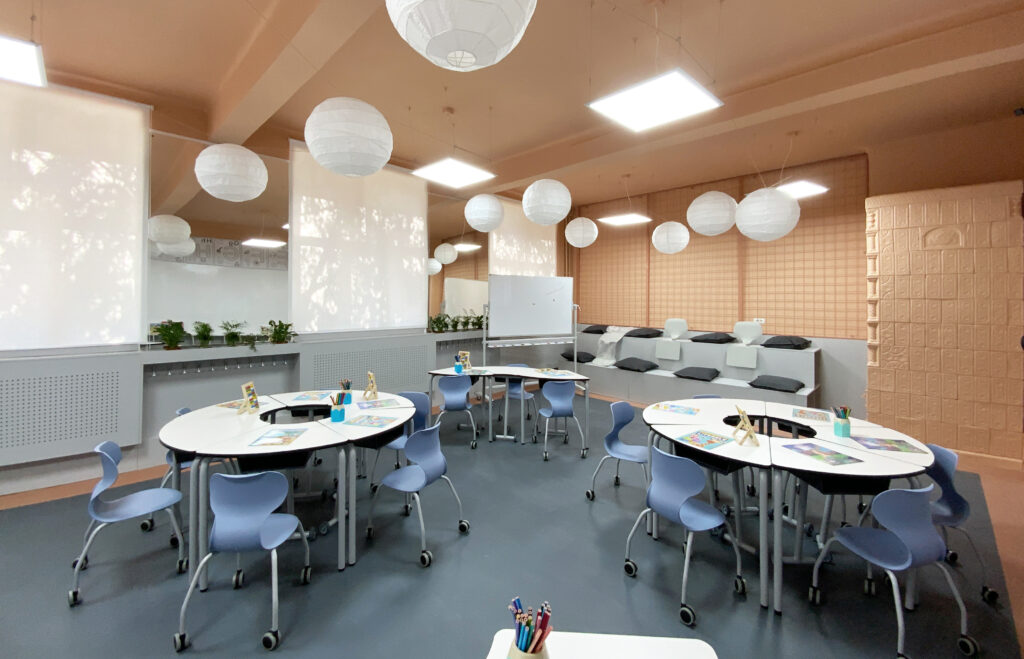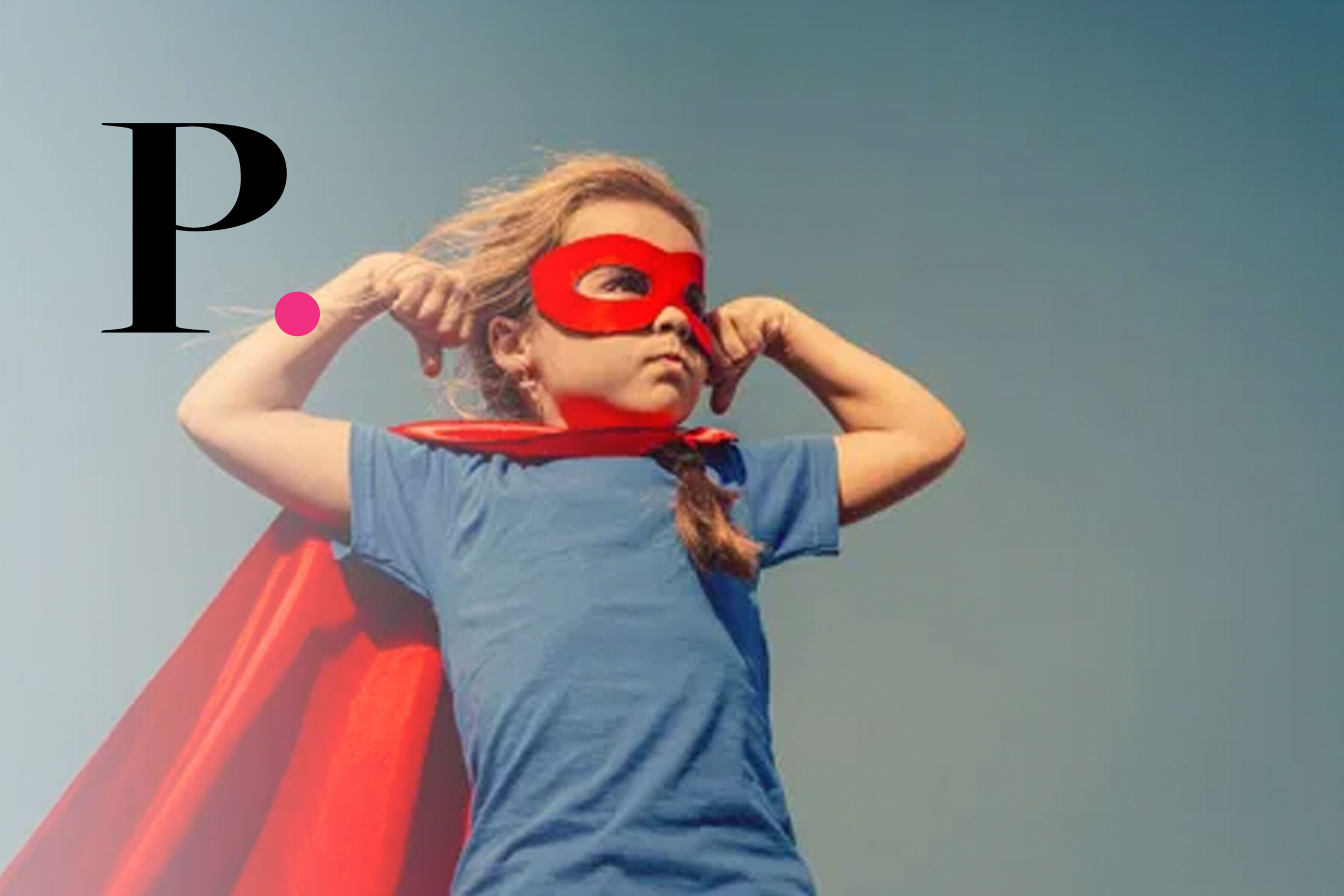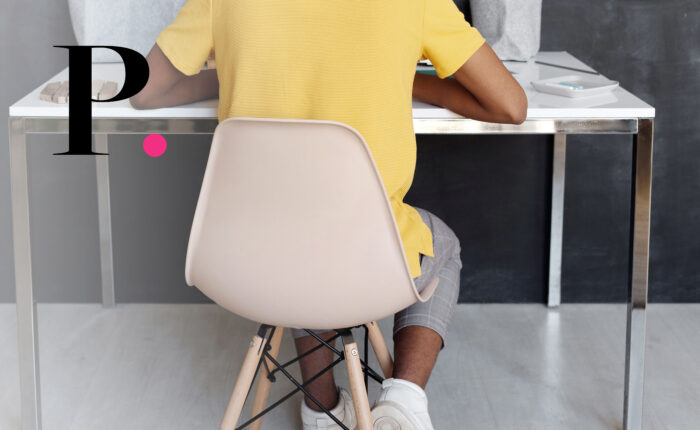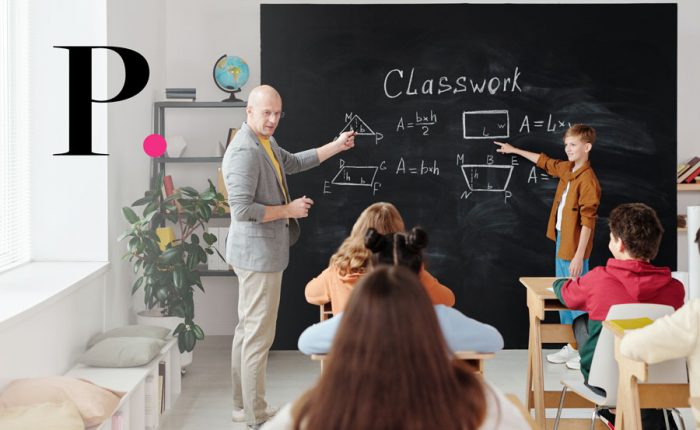With summer days almost over, yet again we are welcoming another kick-off of a new academic year for schools across Romania. After previous exploratory online and hybrid scenarios, until further notice and with a general feeling of excitement, kids and teachers alike are back to the classrooms. Nevertheless, we keep hearing sayings as “the new normal” or “back to normal”, but what does this actually mean within the education sector? Will the microcosm of the classroom still be the place where some of the first and finest human connections come to life?
The educational experience during the pandemic continues to be an excellent opportunity for both educators and designers and architects to rethink the status quo of the classroom.
Miruna Pavoni, MBA, Architect & Interior Designer
During the past few months, many schools have been doing all sorts of renovation works to make sure they will be opening their doors offering an improved infrastructure for students entering or returning to the classroom, in safe circumstances and upgraded conditions. Such was the case for a class zero in a small school in Apostolache (PH), which was lucky to benefit from Procter and Gamble Project “A classroom like home”. This year’s classroom, designed by Pavoni Studio, was again transformed into a unique space where students are offered the opportunity to interact with the school in a non-traditional way.
The fourth classroom part of the Procter and Gamble Project “A classroom like home”, designed by Pavoni Studio

There is little doubt that the aesthetics and functionality of the space around us can influence the harmony and ease with which we develop on a personal level, accumulate knowledge and build relationships with those around us. The classroom therefore is the perfect illustration of this example, and providing a good learning environment turns into a great asset.
“Our mission was to design and implement from scratch what a classroom should look, be and feel like considering current needs. In the light of social distancing, our design is offering students practical solutions meant to provide support in dealing with the depersonalization and building social relationships.”
Pavoni Studio
In an unpredictable and constantly changing reality where adaptability becomes a super-power in order to thrive, the classroom renovation aimed to offer a flexible and friendly environment for the little ones. Our goal as architects was to create a student-centered space able to encourage personal development and collaboration. In order to achieve this, there were 3 fundamental principles on which the classroom renovation was developed.
- Rethinking the furniture.
The traditional desks have been given a twist, by considering the need to move around, adapt and interact with each other while feeling at ease. On the one hand, the student desks have been replaced with flexible working stations that can be easily configured in multiple geometries that encourage working individually, in pairs or small groups. On the other hand, the teacher’s desk has been turned into a smart sitting/ standing station which can seamlessly blend in within the classroom in a friendly way as a facilitator rather than a patronizing figure. All furniture has been carefully designed to be accessible to children in a comfortable way, paying careful consideration to the age-size ratio.
Read more about how to choose the right furniture size here.
- Student-centered classroom
The focus has been shifted from the teacher-centered learning environment – where learning happens one way (from teacher to student only) – towards a student-centered one by allowing the learning process to be an immersive one with multiple ways of learning. In the end learning is most efficient when everyone can learn from everyone. This has been mainly achieved by the furniture layouts and ability to create different zonings according to the type of activities going on.
- 360-degree interaction
We considered the 360-interaction as a fundamental feature that every 21st century classrooms should provide. In other words, there is no more “front of the class” or “back of the class”, but a global space where learning can happen. Therefore, two main full-height walls have been turned into writing surfaces, while another wall, turned into an indoor stand (seating steps) provided with soft cushions and mobile writing tablets, can accommodate a story-telling area in an informal seating layout. The freestanding magnetic whiteboard can be moved around and flipped over anywhere is needed. As part of the learning process, a full metal mesh surface has been designed for pinning up quotes, ideas, schedules, student work or anything worth sharing.
The interior design of education spaces carries a great responsibility for actively contributing to the learning process. Having this in mind, the “A classroom like home” project avoided excessive decorations and contrasting chromatics just for the sake of a “cheerful” space. Instead, we chose to be the promoters of educational spaces that offer students the freedom of expression and growth. The classroom design tends to be one of the main supporters of student self-confidence by providing a variety of learning environments adapted to each type of personality. The superpower of the classroom enters the scene when each student can build upon their own topics of interest and grow harmoniously as part of a community.
“When coming to school is gratifying, enjoyable and fun, education turns into a modus vivendi, which further on becomes the basis of a lifelong learning process.”
Miruna Pavoni, MBA, Architect & Interior Designer
Article authored by Miruna Pavoni and originally published on Business Review.





